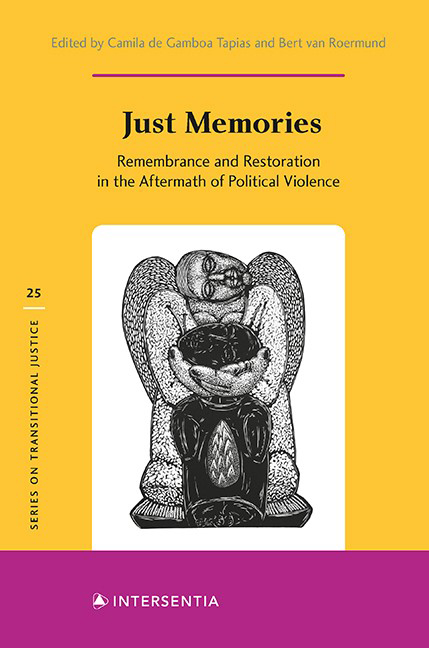Chapter 1 - Introduction
Published online by Cambridge University Press: 11 February 2021
Summary
In the aftermath of the Second World War, with memories of the Holocaust growing to horrifying dimensions, a new humanitarian consciousness began to emerge that was grounded in the discourse of human rights. At the same moment in time, a new field of what is now called “transitional justice” began to develop. Transitional justice is the contemporary term used to refer to tools that societies adopt to bring about the rule of law following massive and systematic criminality, perpetrated by oppressive regimes. Deploying such tools is a complex task involving the design of various mechanisms, such as: criminal investigations and trials, procedural frameworks for seeking out the truth, official and social acknowledgments of what occurred in the past, reparation measures, and institutional reforms. More ofter than not such mechanisms have to be introduced under irregular and even chaotic conditions, at moments when private actors, both inside and outside the country, exploit opportunities to acquire power and property. Even establishing the most basic of legal infrastructure, like reliable real estate registries, fair tax systems, or systems to monitor and sanction public procurement, frequently meet with obstruction and sabotage by such actors. As such, establishing the rule of law and curbing corruption ofter have to go hand in hand. Unsurprisingly, this is easier said than done. To curb corruption effectively, one has to deploy a robust set of policies that do not always sit happily with the demands of political self-restraint that are enshrined in rule of law principles. At the same time, however, one cannot afford to curb them and diminish their effectiveness, as this will surely frustrate rule of law principles they are trying to establish.
Under such conditions, it is far from obvious how transitional justice can be conceived as being “restorative” justice. What is clear, however, is that doing so speaks to a broad spectrum of ideas, some practical and others reflective.
1. At the practical end, one can design relatively simple instruments, like the application forms issued by the International Center for Transitional Justice that are used for identifying, verifying, and registering people who are entitled to reparations.
- Type
- Chapter
- Information
- Just MemoriesRemembrance and Restoration in the Aftermath of Political Violence, pp. 1 - 18Publisher: IntersentiaPrint publication year: 2020



